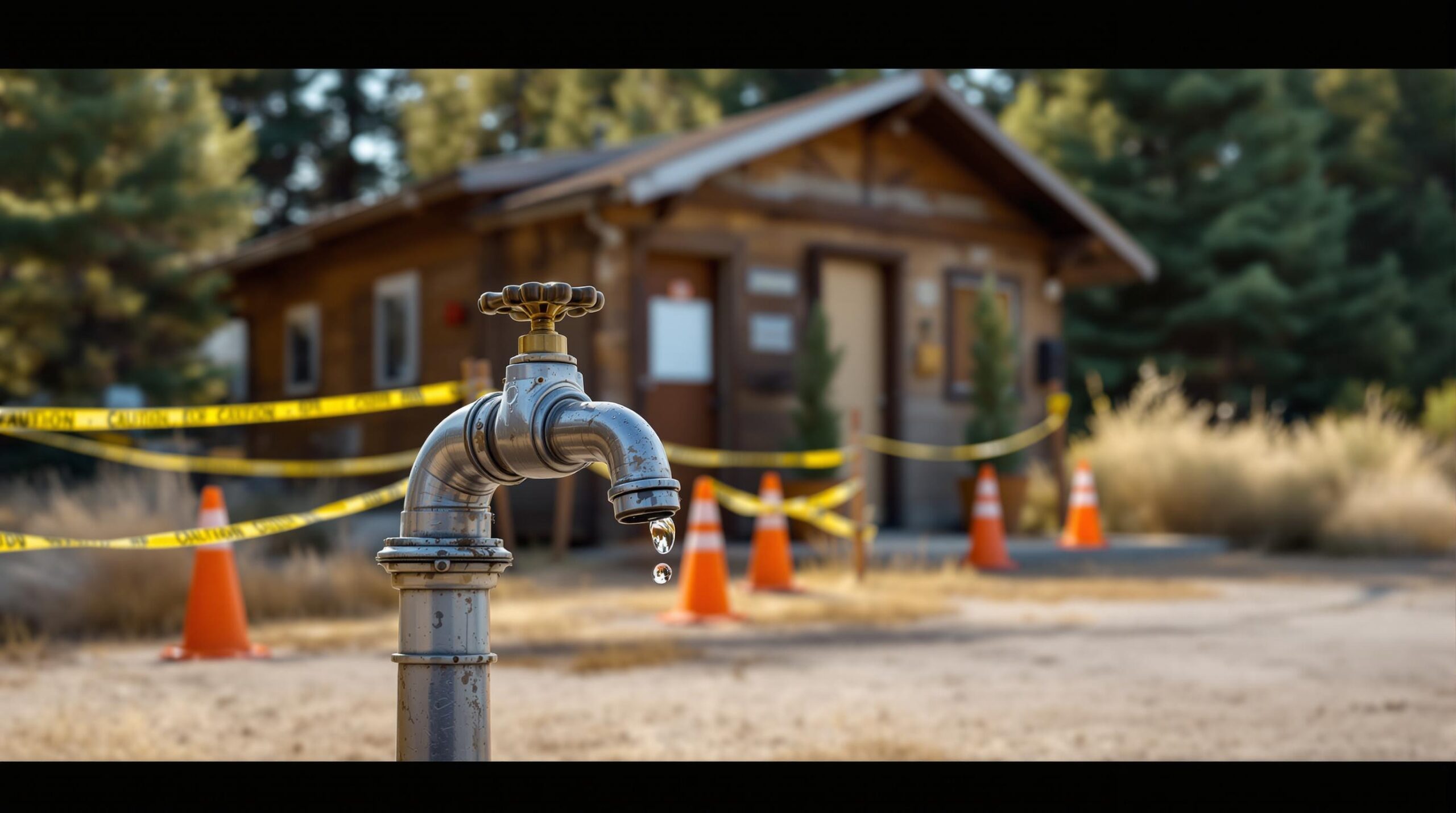Bogachiel State Park on Washington’s Olympic Peninsula is limiting potable water and has closed its showers, trailer dump station and RV fill spigots after its on-site well “dropped to critically low levels,” according to a state release.
Potable water is being trucked in and is “available only to registered campers,” while day-use visitors are told to bring their own supplies, a message repeated in an operational notice that also urges guests to “fill water tanks before arrival and use water sparingly.” A Level 3 burn ban running July 14 through Sept. 30 permits only self-contained gas or propane stoves and portable propane fire pits, as detailed in the park’s burn ban advisory.
The restrictions are expected to stay in place until “the fall rainy season recharges the well,” the release says. Restrooms remain open, but several exterior faucets have been shut off to conserve what little groundwater is left.
The 127-acre park sits along U.S. Highway 101 about five miles south of Forks, serving as a gateway stop for travelers bound for the Hoh Rain Forest and Rialto Beach.
Statewide drought pressures triggered by early snowmelt and an unusually dry spring prompted the Washington Department of Ecology on June 5 to expand its drought emergency to parts of Puget Sound and the North and Central Cascades, including Clallam and Jefferson counties where Bogachiel is located, according to the agency’s Ecology order.
The declaration makes $4.5 million in grants available to water systems, agriculture, and fish and wildlife projects. While large municipal utilities such as Seattle, Tacoma and Everett report stable supplies thanks to reservoir storage, smaller groundwater-dependent facilities like Bogachiel face immediate strain.
For campground and RV-park operators, trucking water means added hauling fees, staff hours spent monitoring spigots and the potential for reservation cancellations if guests perceive inconvenience. The simultaneous burn ban can also affect overall visitor satisfaction.
Operators watching Bogachiel’s predicament may want to strengthen redundancy before wells run dry by installing basic telemetry on pumps and storage tanks, keeping a 500- to 1,000-gallon portable water bladder on site, and negotiating standing contracts with bulk-water haulers. Swapping one or two restroom stalls for composting units, posting laminated conservation reminders at every tap and maintaining a mobile “utility kit” of hoses and locks can further blunt the impact of sudden shortages.
Guest experience also demands attention. Without showers or traditional campfires, satisfaction scores and ancillary revenue can suffer. Propane-pit rentals, resource-light guided hikes and after-dark astronomy programs can help replace lost experiences while complying with burn-ban rules.
Clear, proactive communication is critical. Real-time banners on booking engines and confirmation emails, QR-code signs linking to live FAQs, and empathetic staff scripts that acknowledge inconvenience and explain drought conditions all reduce refund requests and negative reviews. Offering small amenity credits—such as a future shower voucher or discounted firewood once bans lift—can protect goodwill without costly cash refunds.
Restrictions are likely to ease once autumn rains arrive and well levels rebound, but park managers across the region are already bracing for similar interruptions as climate variability makes swings between wet and dry years more pronounced. Proactive planning and transparent messaging, they say, will be key to keeping guests and balance sheets steady the next time the taps slow to a trickle.
These ongoing challenges highlight the importance of both short-term contingency planning and long-term water management strategies for parks and campgrounds that rely on groundwater wells, especially as drought events become more frequent.


